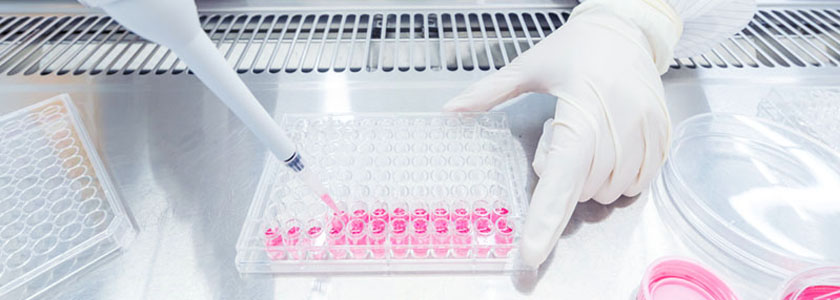Prime editing: Here’s what you need to know

Unveiled in 2019, prime editing may greatly increase what is possible in genome editing, though the technology is still in the early phases of development.
What is prime editing?
Prime editing is a potentially significant update to CRISPR gene editing. Prime editing serves as a “search-and-replace” editor for the human genome. Using prime editing, it is possible to directly write new genetic information into a specific DNA site. Anzalone, et al. (2019) used it to edit human cells through targeted insertions and deletions to efficiently correct the primary genetic causes of sickle cell disease and Tay-Sachs disease.
Does prime editing work?
Currently, prime editing is still in the lab stage and has only been tested in cultured cells. “Although many enhancements still need to be made, prime editing using pegRNA greatly increases the possibilities of future genome editing work,” noted one analyst from IDT.
What genetic diseases might be candidates for prime editing?
A partial list of genetic diseases in which prime editing might be studied includes:
- Albinism
- Angelman syndrome
- Charcot-Marie-Tooth disease
- Cystic fibrosis
- Down syndrome
- Duchenne muscular dystrophy
- Hemophilia
- Huntington’s disease
- Neurofibromatosis
- Rett syndrome
- Tay-Sachs disease
- Tourette syndrome
- Williams syndrome
How will prime editing change medicine?
Treatment for genetic diseases may become much more accurate. Prime editing may be able to make larger changes to DNA and do so with greater accuracy than current genome editing technology.
Who will use prime editing?
Genetic engineers treating people with genetic diseases may be the first to use prime editing; these engineers may have access to state-of-the-art medical facilities. While the costs are high now, the technology is improving and becoming less expensive, which means that one day it could be more widely available.
